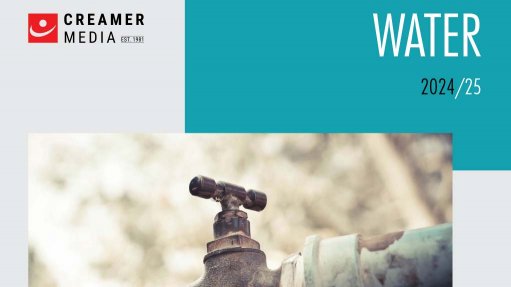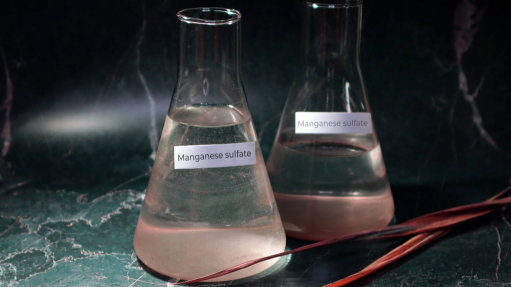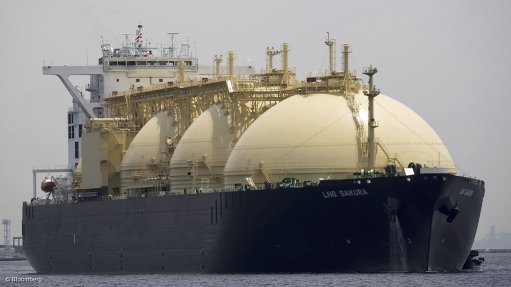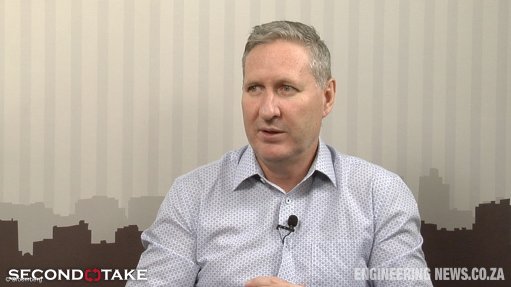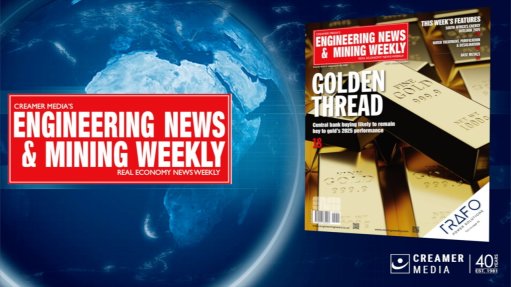International researchers demonstrate stable and efficient next-generation solar cell
An international team of scientists, from South Korea, the US, China and India, have developed a new technique to produce stable and efficient perovskite solar cells. Perovskites have a crystalline structure that has excellent visible light absorbing qualities, but are more affordable and can be produced in a more sustainable way than the traditional silicon-based solar cells.
But while perovskite solar cells can be made at room temperature and with less energy than silicon solar cells, they have hitherto lacked the stability and sustained efficiency of the silicon solar cells. To date, the main materials used to manufacture perovskite solar cells have been hybrid organic-inorganic metal halides. But these contain organic elements that are vulnerable to oxygen, water and heat, with the result that when they are deployed in real-world conditions their performance rapidly degrades.
The research team was led by South Korea’s Chonnam University research professor Sawanta S Mali, with study co-author Penn State University (in the US) assistant professor Nelson Dzade, and contributors Professor Chang Kook Hong and research professor Jyoti Patel, both of Chonnam University, Professor Yu-Wu Zhong and researcher Jiang-Yang Shao, both of the Chinese Academy of Sciences Institute of Chemistry, and Indian Institute of Science assistant professor Sachin Rondiya.
“One solution involves turning instead to all-inorganic materials like caesium lead iodide, which has good electrical properties and a superior tolerance to environmental factors,” noted the scientists in their joint statement. “However, this material is polymorphic, meaning it has multiple phases with different crystalline structures. Two of the photoactive phases are good for solar cells, but they can easily convert to an undesirable non-photoactive phase at room temperature, which introduces defects and degrades the efficiency of the solar cell.”
To deal with this problem, the researchers combined the two photoactive caesium lead iodide polymorphs to create a “phase heterojunction”, which suppresses the conversion of the material to the undesirable non-photoactive phase. Heterojunctions are created by stacking different semiconductor materials (such as layers in a solar cell) which have dissimilar optoelectronic properties. In solar devices, these junctions can be optimised to absorb more solar energy and more efficiently convert it into electricity.
The Chonnam University members of the team developed a unique “dual deposition” method to create this material. One phase involved a hot-air technique to deposit material, while the other phase used the technique of triple-source thermal evaporation. During the process, small amounts of organic and molecular additives were introduced, to augment the efficiency, stability and electrical properties of the solar cell.
The resulting solar cell demonstrated a power conversion efficiency of 21.59%. This is among the highest reported for this type of solar cell. It maintained 90% of its original efficiency after being stored for 200 hours, under ambient conditions.
“When scaled from a laboratory to a real-world solar module, our design exhibited a power conversion efficiency of 18.43% for a solar cell of more than seven square inches (18.08 cm2),” reported Dzade. “These initial results highlight the potential of our approach for developing ultra-large perovskite solar cell modules and reliably assessing their stability.”
Comments
Press Office
Announcements
What's On
Subscribe to improve your user experience...
Option 1 (equivalent of R125 a month):
Receive a weekly copy of Creamer Media's Engineering News & Mining Weekly magazine
(print copy for those in South Africa and e-magazine for those outside of South Africa)
Receive daily email newsletters
Access to full search results
Access archive of magazine back copies
Access to Projects in Progress
Access to ONE Research Report of your choice in PDF format
Option 2 (equivalent of R375 a month):
All benefits from Option 1
PLUS
Access to Creamer Media's Research Channel Africa for ALL Research Reports, in PDF format, on various industrial and mining sectors
including Electricity; Water; Energy Transition; Hydrogen; Roads, Rail and Ports; Coal; Gold; Platinum; Battery Metals; etc.
Already a subscriber?
Forgotten your password?
Receive weekly copy of Creamer Media's Engineering News & Mining Weekly magazine (print copy for those in South Africa and e-magazine for those outside of South Africa)
➕
Recieve daily email newsletters
➕
Access to full search results
➕
Access archive of magazine back copies
➕
Access to Projects in Progress
➕
Access to ONE Research Report of your choice in PDF format
RESEARCH CHANNEL AFRICA
R4500 (equivalent of R375 a month)
SUBSCRIBEAll benefits from Option 1
➕
Access to Creamer Media's Research Channel Africa for ALL Research Reports on various industrial and mining sectors, in PDF format, including on:
Electricity
➕
Water
➕
Energy Transition
➕
Hydrogen
➕
Roads, Rail and Ports
➕
Coal
➕
Gold
➕
Platinum
➕
Battery Metals
➕
etc.
Receive all benefits from Option 1 or Option 2 delivered to numerous people at your company
➕
Multiple User names and Passwords for simultaneous log-ins
➕
Intranet integration access to all in your organisation




